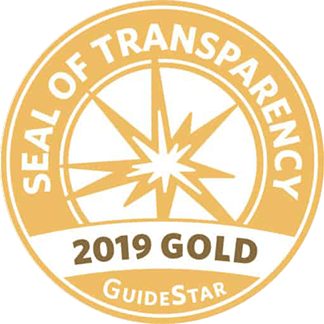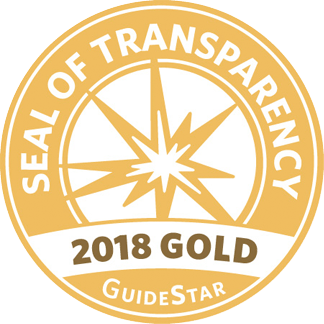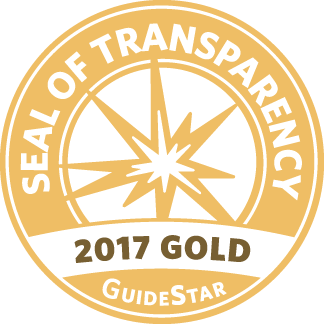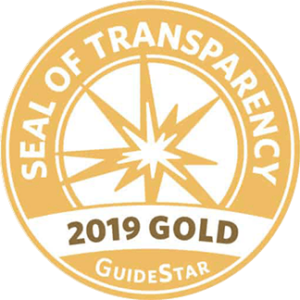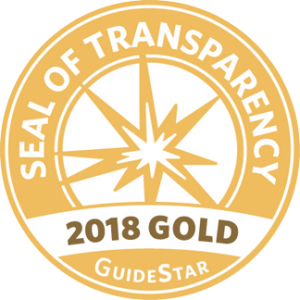Overview of Family Leave Laws in the United States:
New York
Updated on June 28, 2024
Return to Family Leave Laws Home | Search Family Leave Laws | Export page as PDF
| New York | |
| What purposes can leave be used for? | Temporary disability insurance (TDI) can be used for a worker’s own serious off-the-job illness or injury. Paid family leave (PFL) can be used to (1) bond with a child within one year of the child’s birth or placement for foster care or adoption; (2) care for a family member with a serious health condition; or (3) address certain military family needs. Under an emergency law, special TDI and/or paid family leave benefits may be available to certain workers when they or their minor child is subject to a mandatory or precautionary order of quarantine or isolation due to COVID-19. For more information, consult our fact sheet https://www.abetterbalance.org/resources/fact-sheet-new-york-states-paid-sick-leave-legislation/. |
| Who is covered? California, New Jersey, Rhode Island, Washington State, Massachusetts, and Connecticut also provide some coverage for previously covered workers who have a qualifying need for family or medical leave while they are unemployed, while New York and Hawaii also provide some coverage for previously covered workers who have a qualifying need related to the worker’s own health. Details vary by state. States that aren’t currently implementing their programs will also likely provide some coverage for previously covered workers during unemployment, though final regulations will be needed to specify details |
Most private sector employees are covered. For a list of exceptions, visit http://www.wcb.ny.gov/content/main/coverage-requirements-db/db-coverage-required.jsp. |
| Are public sector workers automatically covered? Note that no state law covers federal employees. |
No. Public employers can opt in to coverage and unions covering public sector workers can opt in to paid family leave through the collective bargaining process. |
| Are domestic workers covered? | Domestic workers who work at least 20 hours per week for a single employer are covered. |
| Can self-employed workers opt-in to coverage? | Yes. |
| What are the requirements to qualify for benefits? | Own health: Workers generally must have been employed for at least 4 consecutive weeks by a single employer; previously qualified workers qualify immediately upon the start of employment with a new covered employer. Paid family leave: Workers generally must have been employed by their current employer for at least 26 consecutive weeks; those who work less than 20 hours per week must have worked at least 175 days for their current employer. |
| What family members are covered? | A family member includes a worker’s child, parent, parent-in-law, spouse, grandchild, grandparent, sibling, or domestic partner. The law’s definition of domestic partner is flexible and does not require registration. This list covers family members a worker can take leave to care for when they are seriously ill. Paid family leave can also be used to address certain needs arising from the active duty military service of a worker’s spouse, domestic partner, child, or parent. The definition of domestic partner includes any person who is at least 18 years old and “is dependent upon the employee for support as shown by either unilateral dependence or mutual interdependence, as evidenced by a nexus of factors including, but not limited to, common ownership of real or personal property, common householding, children in common, signs of intent to marry, shared budgeting, and the length of the personal relationship with the employee . . . .” |
| How is the program funded? | Workers and employers share the cost of TDI. Employers can withhold 0.5% of workers’ wages to pay for coverage, up to $0.60/week; employers cover the remaining cost. A self-employed individual who elects coverage is required to pay the full cost of TDI and PFL premiums. An employer not covered by the law who elects coverage is required to pay the portion of the premium not covered by wages withheld from workers. Workers cover the full cost of PFL. The program is funded by a payroll deduction, currently set at 0.373% of wages. This deduction does not apply to wages above an average of $1,718.15/ week. |
| What percentage of wages do workers receive? | Own health: 50% of a worker’s average weekly wage Family leave: 67% of a worker’s average weekly wage |
| What is the maximum weekly benefit? | Own health: $170/week Family leave: 67% of the statewide average weekly wage Current: $1,151.16/week |
| For how long can a worker receive benefits? | Own health: Up to 26 weeks for any period of disability or in any 52-week period. Family leave: Up to 12 weeks in a 52-week period. Total: Up to 26 weeks in a 52-week period. |
| Is there an unpaid waiting period? | Own health: Yes—there is a 7-day unpaid waiting period. Family leave: No. |
| Are workers entitled to have their jobs back when they return? | Own health: No. Family leave: Yes. A worker returning from PFL must be restored to the worker’s prior position or “a comparable position with comparable employment benefits, pay and other terms and conditions of employment.” Workers who receive health insurance through their employers are entitled to continuation of those benefits while on PFL. Workers may have protections under other laws, such as the FMLA. |
| How is the insurance provided? | Employers can provide coverage by purchasing insurance (either from the state fund or a private insurer) or by becoming an approved self-insurer. |
| Statutory Citation | N.Y. Workers’ Comp. Law § 200 et seq. For more information on New York’s paid family leave law, visit FamilyLeaveWorks.org. |


